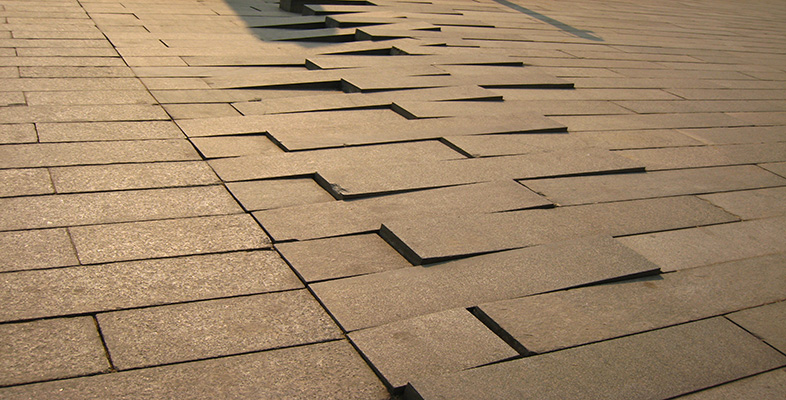Acknowledgements
Course image: David Brown [Tip: hold Ctrl and click a link to open it in a new tab. (Hide tip)] in Flickr made available under Creative Commons Attribution-NonCommercial-ShareAlike 2.0 Licence.
Except for third party materials and otherwise stated (see terms and conditions), this content is made available under a Creative Commons Attribution-NonCommercial-ShareAlike 4.0 Licence
Grateful acknowledgement is made to the following sources for permission to reproduce material in this course:
Figure 1a Christian Darkin/Science Photo Library;
Figure 1b M-Sat Ltd/Science Photo Library;
Figure 3 adapted from Hallam, A. (1975) Alfred Wegener and the hypothesis of continental drift, Scientific American Inc;
Figure 4 adapted from Creer, K.M. (1965) 'Palaeomagnetic data from gondwanic continents' in Blacket, P.M.S. et al. (eds|) A Symposium on Continental Drift, The Royal Society;
Figures 5a, b and c Mussett, A.E. and Khan, M.A. (2000) Looking into the Earth: an introduction to geological geophysics, Cambridge, Cambridge University Press;
Figure 6 Hiertzler, J.R. et al (1966) 'Magnetic anomalies over the Reykjanes Ridge', Deep Sea Research, vol. 13, Elsevier Science Limited;
Figures 8 and 28 Adapted from Bott, M.H.P. (1982) The Interior of the Earth, Its Structure, Constitution and Evolution, Edward Arnold;
Figure 9a Adapted from the British Geological Survey World Seismicity Database, Global Seismology and Geomagnetism Group, Edinburgh;
Figure 9b Adapted from Johnson, R.W. (1993) AGSO Issues Paper No. 1, Volcanic Eruptions and Atmospheric Change, Australian Geological Survey Organisation;
Figure 11 Parsons, B. and Sclater, G. (1977) 'An analysis of the variation of ocean floor bathymetry and heat flow with age', Journal of Geophysical Union;
Figures 13 and 14 Fowler, C.M.R. (2005) The solid Earth, Cambridge, Cambridge University Press;
Figure 16 Sykes, R. (1966) 'The seismicity and deep structure of island arcs', Journal of Geophysical Research, vol.71, no 12 © American Geophysical Union;
Figure 17 adapted from Watts, A.B. (2001) Isostasy and flexure of the lithosphere, Cambridge, Cambridge University Press;
Figure 18 Westbrook, G.K. (1982) 'The Barbados ridge complex, Special Publication of The Geological Society of London, Blackwell, © The Geological Society;
Figure 21 Dalrymple, G.B. et al. (1973) 'The origin of the Hawaiian islands', American Scientist, Vol 61, Scientific Research Society (Sigman X1);
Figure 22 adapted from Clague, D. and Dalrymple, G.B. (1987) USGS Professional Paper 1350, United States Geological Survey;
Figure 30 Adapted from Livermore, R. et al. (2005) 'Paleogene opening of the Drake Passage', Earth and Planetary Science Letters, vol. 236, pp459-470.
Don't miss out:
If reading this text has inspired you to learn more, you may be interested in joining the millions of people who discover our free learning resources and qualifications by visiting The Open University - www.open.edu/ openlearn/ free-courses
